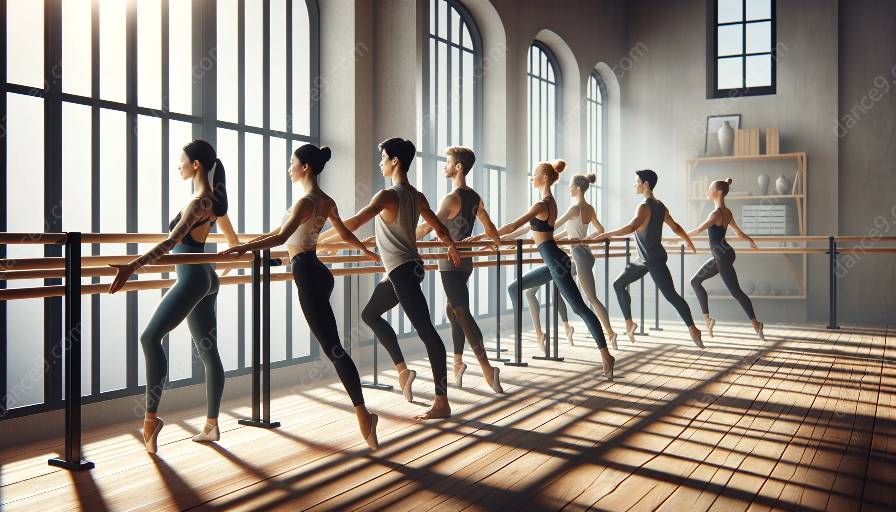Barre training has gained popularity among dancers and performing artists for its ability to enhance strength, flexibility, balance, and posture. This article explores how barre classes can benefit individuals in the dance community, helping them improve their overall performance and well-being.
Improving Strength and Endurance
Barre workouts are known for targeting specific muscle groups, including the legs, core, and upper body. These exercises help dancers develop the strength and endurance necessary to perform intricate routines with control and power. By incorporating isometric movements and small, pulsing actions, barre training can increase muscular endurance, enabling dancers to sustain challenging choreography with ease.
Enhancing Flexibility and Range of Motion
Flexibility is a crucial asset for dancers, allowing them to achieve a broader range of movements and shapes. Barre exercises often involve deep stretches and dynamic movements that contribute to improved flexibility and increased range of motion. As a result, dancers can execute demanding movements more comfortably while reducing the risk of injuries associated with restricted flexibility.
Refining Balance and Stability
Balance is essential for dancers to execute precise and controlled movements, and barre training emphasizes the development of stability. The incorporation of exercises that challenge balance, such as standing leg lifts and relevés, can enhance a dancer's proprioception and overall stability. Improved balance not only contributes to better performance on stage but also reduces the risk of falls and injuries during rehearsals and performances.
Emphasizing Proper Posture and Alignment
Barre workouts often focus on posture and alignment, addressing the specific needs of dancers who must maintain proper form throughout performances. The emphasis on core engagement, spinal alignment, and shoulder positioning helps dancers develop a strong and supportive posture, reducing the likelihood of strain or injury while onstage. Additionally, improved posture contributes to a polished and poised appearance, enhancing the overall visual impact of the performance.
Facilitating Mind-Body Connection
Barre training encourages a mindful approach to movement, promoting a deeper connection between the body and mind. Dancers and performing artists can benefit from the mental focus and concentration required to execute precise and controlled movements during barre exercises, fostering a more profound understanding of their physical capabilities. This heightened mind-body connection can be translated into improved performance quality and expressiveness on stage.
Conclusion
As evidenced by the numerous benefits it offers, barre training has become an integral component of many dancers' and performing artists' fitness regimens. The incorporation of barre classes can significantly enhance the strength, flexibility, balance, posture, and overall performance of individuals in the dance community. By embracing the holistic approach of barre workouts, dancers and performing artists can elevate their skills, maintain peak physical condition, and showcase their artistry with confidence.













































































